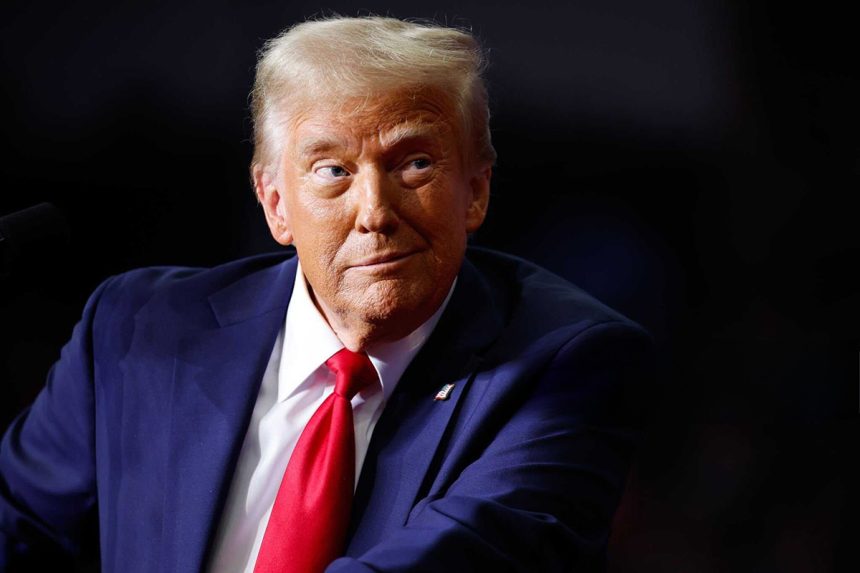Global commodity markets faced turbulence as oil and industrial metals retreated following renewed trade-war fears. President Donald Trump’s latest tariff threats against Mexico and Canada added to investor uncertainty, driving a shift toward safe-haven assets such as gold and silver. Meanwhile, grain markets found relief amid the absence of new tariff measures against China, though the long-term outlook remains uncertain.
Gold Gains as Investors Seek Stability
The latest tariff rhetoric from the White House led to a sharp contrast in commodity performance. Oil and industrial metals declined as markets braced for potential economic disruptions, while gold prices climbed 1.2%, benefiting from investor demand for stability. Silver futures also recorded gains of 1.1%.
Mexico’s dominant role in silver production added another layer of complexity. While the full implications of the tariffs remain unclear, Mexico’s position as the world’s largest silver producer raised concerns about possible disruptions in supply chains.
Grain Markets React to Tariff Uncertainty
Despite trade tensions, grain markets experienced a temporary boost as soybean futures surged by as much as 3.2% in Chicago, while corn prices reached their highest levels in more than a year. This rally was largely driven by the lack of immediate new tariffs on China, the world’s largest importer of soybeans and a key buyer of US corn and wheat.
Although fears of trade disruptions eased in the short term, the risk of additional tariffs has not disappeared. If the US imposes further restrictions on China, the country could retaliate by reducing its imports of American agricultural goods. This trend has already been observed in the soybean sector, where China has steadily diversified its supply sources. US soybean exports to China fell below 20% of total Chinese purchases in the first 11 months of the previous year, signaling a shift in long-term trade patterns.
Energy Markets and Policy Shifts
In the energy sector, Trump announced plans to refill the US strategic oil reserve, aiming to restore stockpiles to their highest levels. The reserve had reached lows not seen since the 1980s, prompting the administration to take action to ensure energy security.
Additionally, the administration made significant moves regarding environmental and offshore drilling policies. Trump signed an order to formally withdraw the US from the Paris Climate Agreement, reinforcing a broader policy shift away from international climate commitments. The decision aligns with previous actions aimed at deregulating energy markets and increasing domestic fossil fuel production.
Furthering this approach, the administration also revoked offshore oil and gas leasing bans, effectively reopening large sections of US coastal waters for drilling. The policy reversal removed restrictions that had previously limited exploration and development in offshore energy sectors.
Uncertainty Looms Over Global Trade and Commodities
While certain markets found relief amid a pause in tariff measures, uncertainty continues to shape global trade. The ongoing trade dispute between the US and its key partners, including Mexico, Canada, and China, has created volatility in commodity markets. Investors remain cautious, balancing risks in industrial and agricultural sectors against opportunities in safe-haven assets like gold and silver.
With the potential for further policy shifts and economic disruptions, the outlook for global trade remains uncertain. Markets will continue to respond to policy decisions, and the impact of tariffs will likely influence commodity prices in the months ahead.




